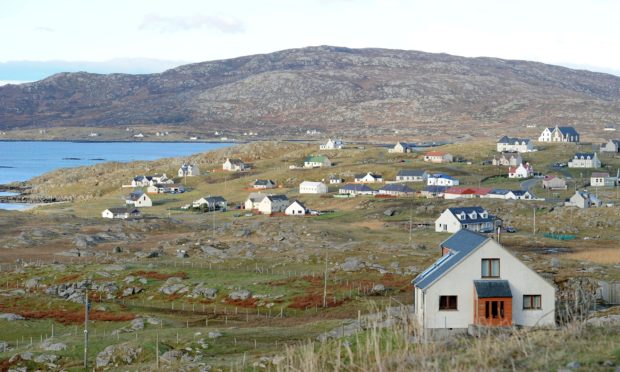Nicola Sturgeon faced fresh calls for coronavirus restrictions to be tailored locally after a report confirmed rural and island areas have experienced lower death rates than the central belt.
Shetland MSP Beatrice Wishart said the Scottish Government had to recognise there was no such thing as a “one size fits all” approach to fighting the virus.
The Lib Dem MSP was commenting after the National Records of Scotland (NRS) published its annual Population report, which this year included a section on the impact of Covid-19.
According to NRS analysis of data gathered between mid-March and mid-September, mortality rates were more than four times higher in large urban areas than in remote rural areas.
Government and public health authorities have to make difficult decisions about the balance of coronavirus restrictions but they also need to recognise that there are big differences between Shetland and Glasgow.”
Shetland MSP Beatrice Wishart
After adjusting for age, people in the most deprived areas were twice as likely to die with Covid-19 as those living in the least deprived areas.
West Dunbartonshire had the highest age-standardised death rate of all council areas with 314.3 deaths per 100,000 population.
This was closely followed by Midlothian (294.3), Glasgow City (291) and Inverclyde (280).
Highland (37.5), Moray (40.4) and Dumfries and Galloway (50.1) had the lowest rates, in addition to Orkney and Shetland, whose numbers NRS said were too low to calculate rates, and the Western Isles (Na h-Eileanan Siar) where there were no deaths.
The figure for Dundee was 244.7, which compared with 131.8 for Aberdeen. Aberdeenshire recorded 94.2 and Perth and Kinross 74.2. Fife was 106.4 and Angus came in at 107.6.
After adjusting for age, people in West Dunbartonshire were eight times as likely to die compared to those in Highland.
More than three quarters (77%) of all those who died were aged 75 or over and 43% were aged 85 or over.
Call to involve local government
Ms Wishart said: “The Scottish Government needs to recognise that there is no such thing as a one-size-fits-all approach.
“Government and public health authorities have to make difficult decisions about the balance of coronavirus restrictions but they also need to recognise that there are big differences between Shetland and Glasgow.
“Greater involvement of local government and local health boards in that decision making is key for public confidence, understanding and compliance.
“We also need people to be given the evidence that shows that further restrictions have a good chance of success.”
The NRS data also revealed men are “significantly” more likely to die with Covid-19 than women once age is taken into account. Males were 1.4 times more likely to die than females once age has been factored in.
The average age at death for those who died with Covid-19 was 79 for men and 84 for women.

